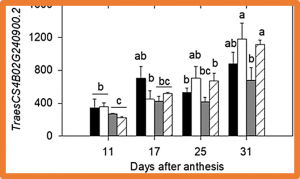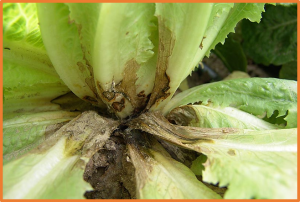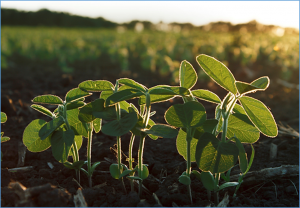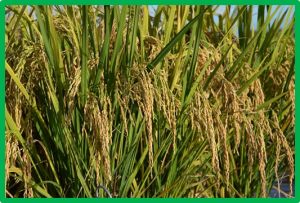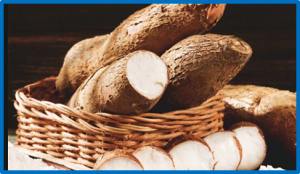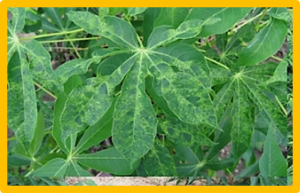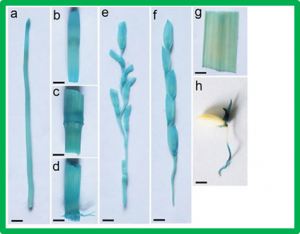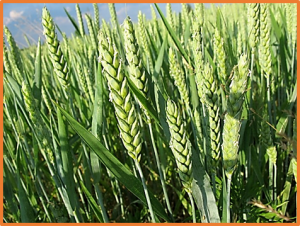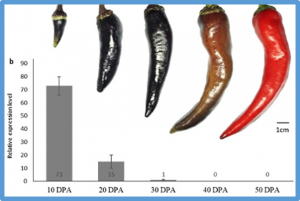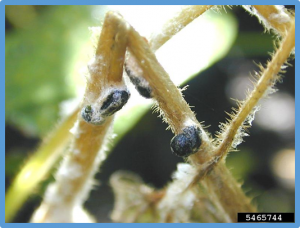A QTL for thousand grain weight (TGW) in wheat was previously mapped on chromosome 4B in a DH population of Westonia × Kauz. For identifying the candidate genes of the QTL, wheat 90 K SNP array was used to saturate the existing linkage map, and four field trials plus one glasshouse experiment over five locations were conducted to refine the QTL. Three nitrogen levels were applied to two of those field trials,
Lactuca sativa L. (lettuce) is an important leafy vegetable crop grown and consumed globally. Chemicals are routinely used to control major pathogens, including the causal agents of grey mould (Botrytis cinerea) and lettuce drop (Sclerotinia sclerotiorum). With increasing prevalence of pathogen resistance to fungicides and environmental concerns, there is an urgent need to identify sources of genetic resistance to B. cinerea and S. sclerotiorum in lettuce.
Genetic variation is pivotal for crop improvement. Natural populations are precious genetic resources. However, efficient strategies for the targeted utilization of these resources for quantitative traits, such as plant height (PH), are scarce. Being an important agronomic trait associated with soybean yield and quality, it is imperative to unravel the genetic mechanisms underlying PH in soybean.
Increasing zinc (Zn) concentrations in edible parts of food crops, an approach termed Zn-biofortification, is a global breeding objective to alleviate micro-nutrient malnutrition. In particular, infants in countries like Madagascar are at risk of Zn deficiency because their dominant food source, rice, contains insufficient Zn. Biofortified rice varieties with increased grain Zn concentrations would offer a solution and our objective is to explore the genotypic variation present among rice gene bank accessions
The apocarotenoids play a vital role in plant growth and development process, especially strigolactones, which can induce rooting and help in the interaction with symbiotic microbes in plants. They also act as colorants, antioxidants, hormones, signalling components, scent/aroma constituents and chromophores. In silico approaches are valuable in reducing the complexity regarding gene networks in plants that help to develop new biotechnological and bioinformatics tactics in crop improvement programmes.
Status of the current outbreak of cassava mosaic disease (CMD) in Southeast Asia was reviewed. Healthy cassava seed production and dissemination systems have been established in Vietnam and Cambodia, along with integrated disease and pest management systems, to combat the outbreak. Cassava (Manihot esculenta Crantz) is one of the most important edible crops in tropical and subtropical regions.
Although type 2C protein phosphatases (PP2Cs) have been demonstrated to play important roles in regulating plant development and various stress responses, their specifc roles in rice abiotic stress tolerance are still largely unknown. In this study, the functions of OsPP65 in rice osmotic and salt stress tolerance were investigated. Here, we report that OsPP65 is responsive to multiple stresses and is remarkably induced by osmotic and salt stress treatments.
Nested association mapping (NAM) populations have been created to enable the identification of quantitative trait loci (QTL) in different genetic backgrounds. A whole-genome nested association mapping (WGNAM) method is presented to perform QTL analysis in NAM populations. The WGNAM method is an adaptation of the multi-parent whole genome average interval mapping approach where the crossing design is incorporated through the probability of inheriting founder alleles for every marker across the genome.
The key regulatory gene CaAN2 encodes an R2R3 MYB transcription factor that regulates anthocyanin biosynthesis in various tissues in pepper (Capsicum annuum). However, CaAN2 is not expressed in certain pepper accessions showing fruit-specific anthocyanin accumulation. In this study, we identified the novel locus CaAN3 as a regulator of fruit-specific anthocyanin biosynthesis, using an F2 population derived from a hybrid cultivar with purple immature fruits and segregating for CaAN3.
Sclerotinia sclerotiorum causes Sclerotinia stem rot on soybean. Using RNA sequencing, the transcriptomes of the soybean host and the S. sclerotiorum pathogen were simultaneously determined at 4 and 8 h postinoculation (hpi). Two soybean genotypes were involved: a resistant oxalate oxidase (OxO)-transgenic line and its susceptible parent, AC Colibri (AC). Of the 594 genes that were significantly induced by S. sclerotiorum, both hosts expressed genes related to jasmonic acid


 Curently online :
Curently online :
 Total visitors :
Total visitors :
